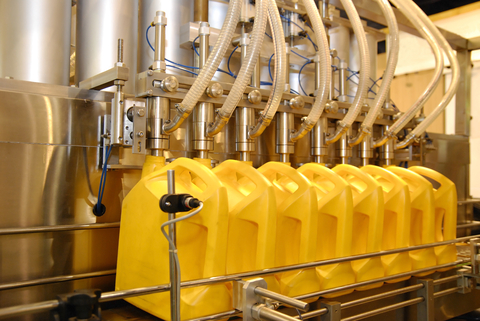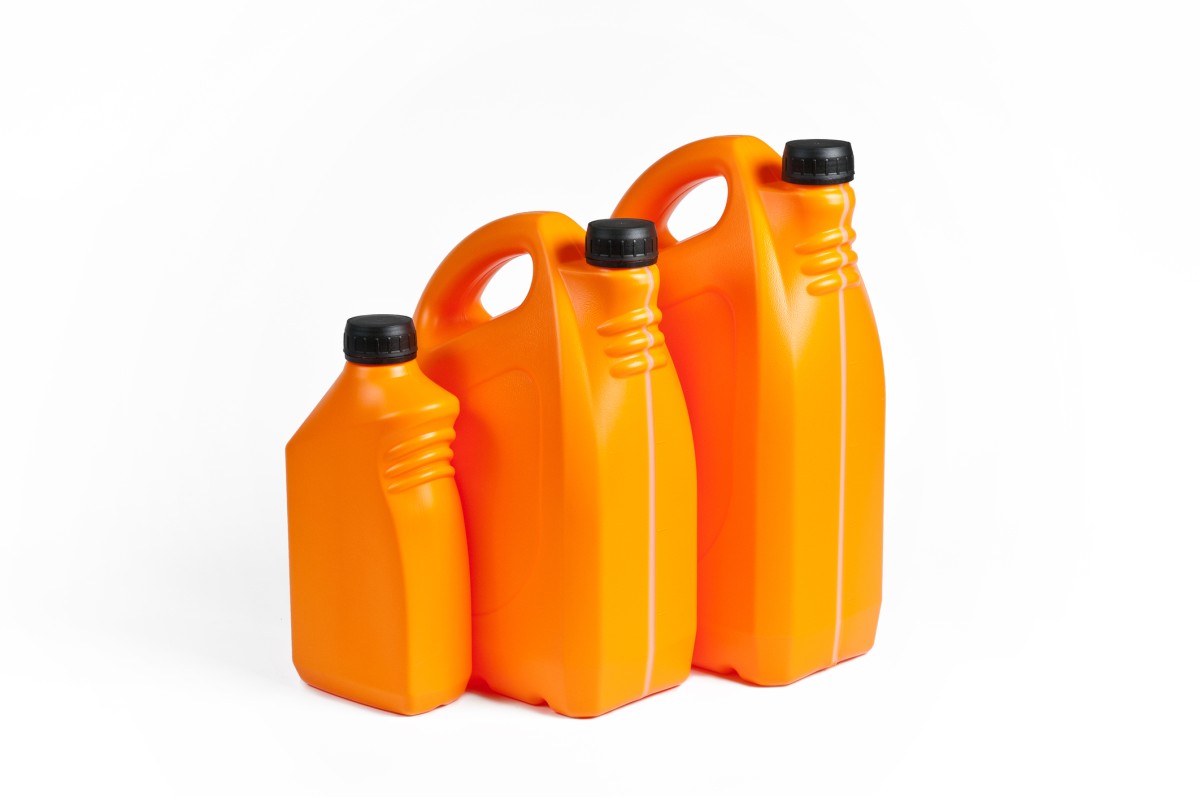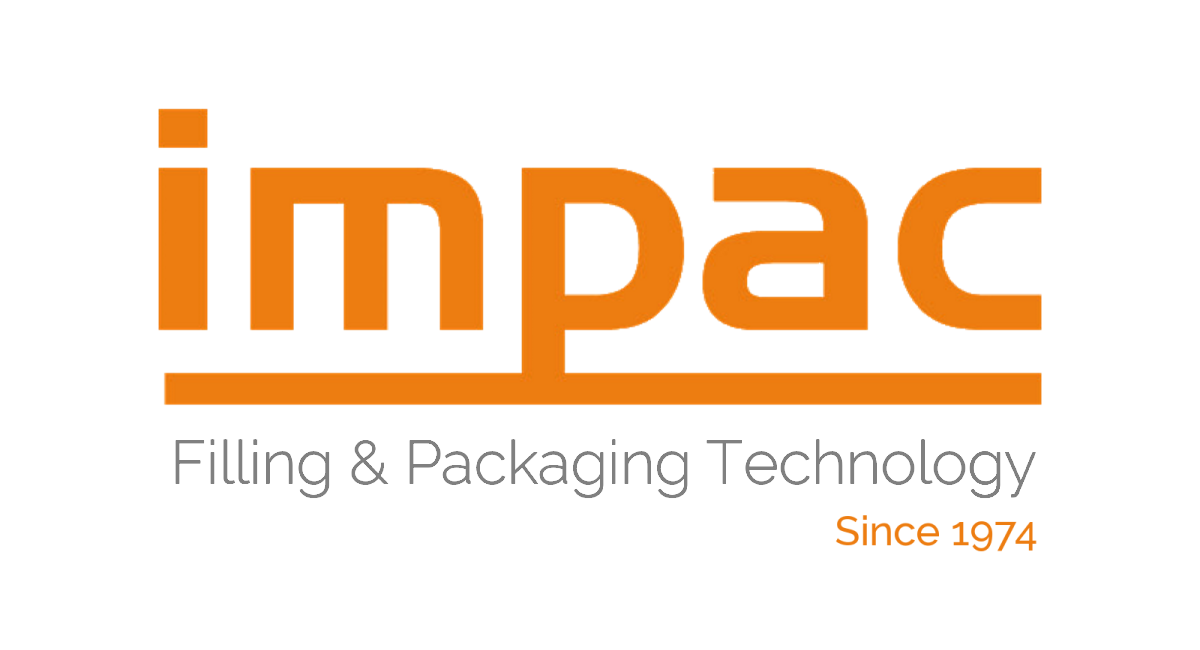Everything you need to know about- Jerrycans filling machines
In Today's industrial landscape, the production, filling and packaging of liquids pose some of the most significant challenges in manufacturing facilities. Liquid filling machines have emerged as a smart and innovative solution that aids in the manufacturing, filling and packaging process, serving as the ideal tool for enhancing efficiency, quality and delivery.
What is a jerrycans filling machine, and what are the benefits of using one?
A filling machine is a device designed for the precise and uniform filling of liquids and creams into containers of varying sizes and volumes. When it comes to jerricans filling machines, these containers can range from 4 liters to 18 liters in capacity.
The primary advantage of employing a filling machine lies in its ability to carry out rapid, cost-effective, and efficient filling operations, ensuring a dependable, streamlined, and high-quality production process.
Which types of jerricans are compatible with filling machines?
There are two primary types of jerrycans commonly employed in the industry today:
plastic containers and metal containers (cans).
Automatic filling machines can be adapted to accommodate both types:
Plastic jerrycans: The majority of containers used in the industry are constructed from plastic. Plastic offers the significant advantages of being lightweight and durable.
However, its main limitation lies in its limited resistance to heat, UV radiation, and oxygen sealing. Common plastics used for containers include PET, HDPE, and PP.
Metal Containers (Cans): Certain industries use metal containers or cans for their products. The advantage of using metal cans is their resistance to corrosive substances, effective sealing against oxygen, protection from UV radiation, and heat resilience.
How is the dosing process performed in an automatic filling machine?
The dosing process is a crucial factor of the filling machine and requires meticulous customization and planning. The choice of technology within a filling machine depends on several parameters, including:
Fluid viscosity: Ranging from very thin and free-flowing liquids to highly viscous and dense fluids, each type of liquid requires specific considerations.
Filling volume: The desired filling volume and the range of filling play a role in determining the filling method and precision.
Filling speed: The rate at which filling is required, typically measured in containers per minute, hour, or production cycle.
Based on the type of jerrycan and the parameters mentioned above, several filling machines and dosing methods exist:

Weight-Based Filling: This method ensures precision by utilizing a dedicated weighing station. When the jerrycan reaches the target weight, the filling machine halts the filling process and advances the container to the next station. This is a precise but relatively slower solution suitable for containers of all sizes.
Pump-Based Filling: In this method, each filling channel incorporates a pump with a precise servo-motor. The rotations of the motor translate into specific fill volumes, enabling rapid, efficient, and precise filling.
Level-Based dosing: In this method, the filling process continues until a certain liquid level is reached in the jerrycan This type of filling machine is suitable for very thin and free-flowing liquids but less so for thicker products.
Gravity dosing: This method relies on time-based filling. It is suitable for very thin and free-flowing liquids, as the filling process begins when the valve is opened and stops after a defined period.
Which types of materials can an automatic filling machine work with?
Automatic filling machines are suitable for a wide range of materials, including both liquids and creams. The filling unit of the filling machine can be adapted to accommodate the specific material being filled, ensuring accurate and high-quality filling each time. In some cases, one filling unit may not be suitable for all materials, so it's essential to consult with the machine manufacturer.
What automation systems can be included in a filling line?
Customizing a filling machine is a critical step in the process, requiring the adaptation of the machine and its features to meet customer requirements and needs. This entails a deep understanding of market demands, existing technologies, and a comprehensive grasp of the filling process to optimize it effectively.

A filling machine for a jerrican line can encompass various automation systems, including:
- Automatic jerricans feeding to the filling machine.
- Automatic capping.
- Labeling: An option to automatically apply labels to containers, resulting in a complete and visually appealing packaging solution.
- End-of-line solutions: These may encompass the automatic packing of filled containers into boxes or pallets, carried out by robots or conveyors to ensure uniform and organized packaging.
In conclusion, jerrycans filling machines represent an ideal solution for optimizing and improving production lines and delivery schedules. It is crucial that the customization and designing process of the filling machine will be carried out by a professional company with extensive experience in designing and manufacturing of filling and packaging machines, especially those involving factory automation.
We, at impac Engineering Ltd. would be delighted to assist you in selecting the appropriate equipment and providing a reliable and precise solution tailored to your specific needs.
